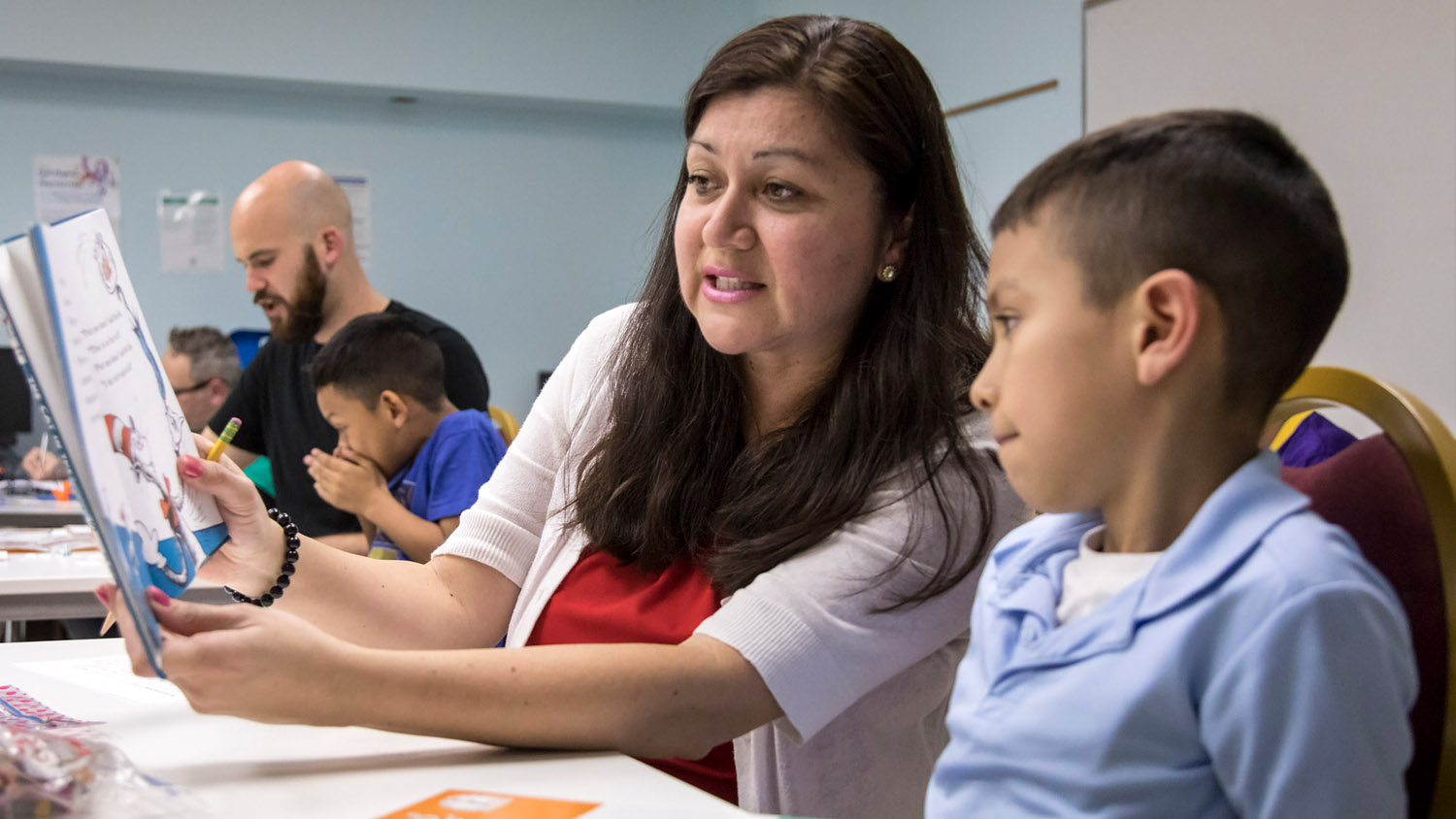With a new school year upon us, many young learners and multilingual learners will be practicing their phonemic awareness skills in earnest. The New Literacies Collaborative at the Friday Institute for Educational Innovation created a series of English phoneme videos that can be utilized by educators and caregivers to cultivate learners’ phonemic awareness.
In addition to the videos, the webpage includes a Frequently Asked Questions (FAQ) section that briefly defines phonemes and graphemes and provides four ways to use the videos with learners:
Repeat After Me
Invite the learner to listen to a phoneme video and repeat the letter sound. Share that the video shows how one’s mouth moves when making specific letter sounds, or phonemes. After listening to the video, the learner will practice making the letter sound and saying the example word that includes the corresponding letter sound. Provide explicit, constructive and positive feedback to the learner with regard to their “mouth move” for the phoneme. For example with /p/, “I really like how your lips are coming together to initiate the /p/ sound. When you make the /p/ sound again, place two fingers gently on your throat. Cut the /p/ sound off quickly, like you’re spitting out a watermelon seed. You shouldn’t feel any vibrations, or small, quick movements, at your throat.” Ask the learner if they know any other words that include this letter sound. Come up with three to five more words together that include the letter sound. (Pro Tip: Brainstorm words that include the letter sound at the beginning, middle or end and utilize different letter combinations to represent the same phoneme.) This article from Bruce Murray, a professor of reading education at Auburn University, provides more information regarding the order in which to teach phonemes.
Phoneme-Word Connections
Share three words that include the same phoneme. Choose one word that includes the letter sound at the beginning, one that includes the phoneme in the middle and one with the letter sound at the end. For example, with /b/ — bag, about, web. Then invite the learner to listen to three phoneme videos, including the video for the common phoneme (e.g., /b/, /a/, /w/). Finally, ask the learner to choose the common phoneme heard in the three words. (Pro Tip: Extend the learner’s phoneme-word connections by asking the learner to identify the words that include the letter sounds from the other videos.)
Word Race
Choose one phoneme video to watch as a group. Point to your mouth as you whisper speak the phoneme. Are your lips making the same shape as the person on the video? Invite learners to take turns saying words that include that phoneme and identifying where in the word the phoneme occurs (beginning, middle or end). For example, after watching /ch/ a learner might say “child, beginning.” See how “far” the phoneme race can get around the room.
Phonemes All Around Us
Choose a phoneme on which to focus this activity (e.g., /d/). Listen to the corresponding phoneme video with your learner. Practice making the phoneme and example word together (e.g., /d/ and dinosaur). Then invite your learner to identify items in the environment around them that include the letter sound in their word descriptor (e.g., door, board, desk). (Pro Tip: Once the learner has identified multiple words from their environment that include the phoneme, have them sort the words into three categories: letter sound at the beginning, letter sound in the middle and letter sound at the end.)
- Categories:



